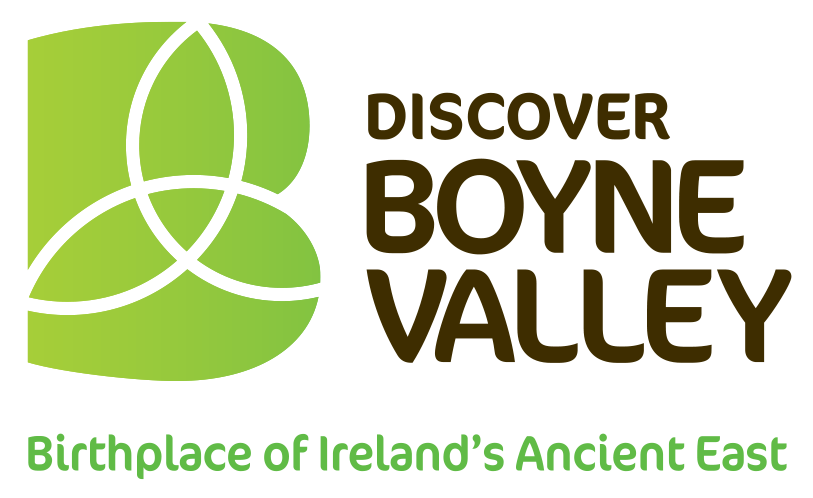Welcome to Drogheda

The gateway to The Boyne Valley in Ireland's Ancient East
Follow in the footsteps of ancient invaders and begin your Boyne Valley adventure with a trip to the heritage town of Drogheda.
Welcome to Drogheda on the Boyne, a medieval town just 20 minutes from Dublin Airport. Drogheda is the gateway to the world famous Boyne Valley region and the UNESCO World Heritage Site at Newgrange. Rich in history, yet young at heart, the largest town in Ireland still has the village feel and a wealth of unique attractions within walking distance of each other.
Take the heritage trail around some of the ancient sites within the town's old walls. Witness the vibrant culture celebrated in the town's many festivals and venues. Quiet lanes reminiscent of times gone by, feed into bustling thoroughfares and shopping areas, with an abundance of restaurants, cafes, bars and nightlife.
A warm welcome awaits you in Drogheda and The Westcourt Hotel- Céad Míle Fáilte #BoyneValley
Ireland's Ancient East
The Boyne Valley is situated in the east of Ireland. It is at once Ireland’s ancient capital and it’s most sacred and mythical landscape.
In 1849 William Wilde, father of Oscar, wrote of the Boyne that the history of Ireland may be traced through its monuments. This remains true today. Moreover, its sites and monuments are amongst the best examples of their kind in Europe and are all within a short distance of each other. In one day you can visit the great prehistoric tombs at Brú na Bóinne (Newgrange) and the site of the infamous Battle of the Boyne. You can look out from the Hill of Tara, sharing the view with the ancient High Kings of Ireland, or be mesmerised by the detail of the Celtic Crosses at Kells. http://www.discoverboynevalley.ie #BoyneValley

Welcome to Drogheda
Westcourt Hotel, Gateway to the Boyne Valley
Newgrange, located 15 minutes from The Westcourt Hotel. It was built during the Neolithic period around 3000 BC to 2500 BC, making it older than Stonehenge and the Egyptian pyramids.[5] The site consists of a large circular mound with a stone passageway and interior chambers. The mound has a retaining wall at the front and is ringed by engraved kerbstones. There is no agreement about what the site was used for, but it has been speculated that it had religious significance – it is aligned with the rising sun and its light floods the chamber on the winter solstice. It is the most famous monument within the Neolithic Brú na Bóinne complex, alongside the similar passage tomb mounds of Knowth and Dowth, and as such is a part of the Brú na Bóinne UNESCO World Heritage Site.
Send us an email

WESTCOURT
Hotel
Find us
Westcourt Hotel, West Street, Drogheda, Co. Louth, Ireland.
Call: +353 41 983 0965
info@westcourt.ie

